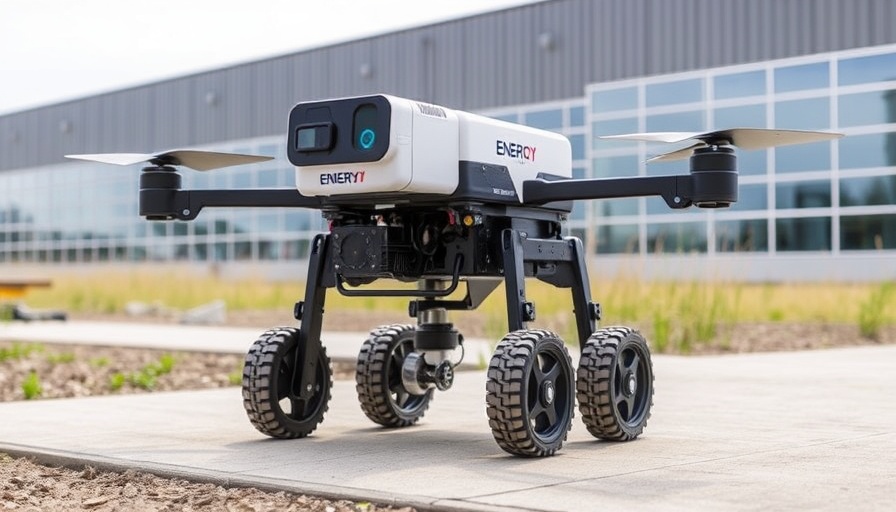
The Rise of Autonomous Robotics in Infrastructure Inspections
Amidst mounting challenges in critical sectors like energy and chemicals, the German startup Energy Robotics is making strides with €11.5 million secured in Series A funding. This fresh capital will bolster the company’s mission to develop AI software aimed at enhancing the efficiency and safety of inspections via autonomous robots and drones.
Navigating Demographic Shifts and Infrastructure Needs
The founder and CEO of Energy Robotics, Marc Dassler, highlights an urgent dilemma the industry faces: a retiring skilled workforce coupled with aging infrastructures that require meticulous upkeep. This dynamic creates operational risks that could jeopardize safety and efficiency. With their technology, Energy Robotics aims to address these challenges by offering versatile solutions that not only streamline operations but also significantly enhance worker safety.
Investment Trends Indicate Growing Confidence in Robotics
Energy Robotics is part of a broader wave of investment in Europe’s autonomous systems, which see confidence surging amid a flurry of significant funding rounds for similar companies. For instance, ANYbotics recently brought in more than €127 million for its robotic innovations, while Voliro raised €19.8 million, showcasing a collective shift towards automation. This trend reflects an understanding that autonomous technologies are essential for maintaining the safety and integrity of aging infrastructure.
Benefits of Autonomous Inspection
With more than one million inspections completed globally, Energy Robotics' platform has saved over 32,000 risky labor hours. Industries such as oil and gas, utilities, and chemicals are benefiting immensely, particularly in terms of reducing operating costs and improving safety standards. The company’s hardware-agnostic AI software cuts costs by an impressive 40%, allowing operators to manage fleets of drones and robots with enhanced efficiency.
Vision for the Future
The investment not only signifies a financial boost but also an affirmation that industrial automation can substantially mitigate the risks posed by manual inspections. As the technology matures, it promises a future where critical infrastructure is not merely maintained but managed with unprecedented clarity and precision. According to Dr. Carolin Funk of Blue Bear Capital, this innovation directly supports the global energy transition and contributes to a more secure and efficient infrastructure landscape.
As Energy Robotics continues to evolve, stakeholders in financial and industrial sectors should consider the strategic benefits of technological adaptation. The future holds promise for fully realizing the potential of autonomous systems in maintaining pivotal infrastructure.
 Add Row
Add Row  Add
Add 




Write A Comment